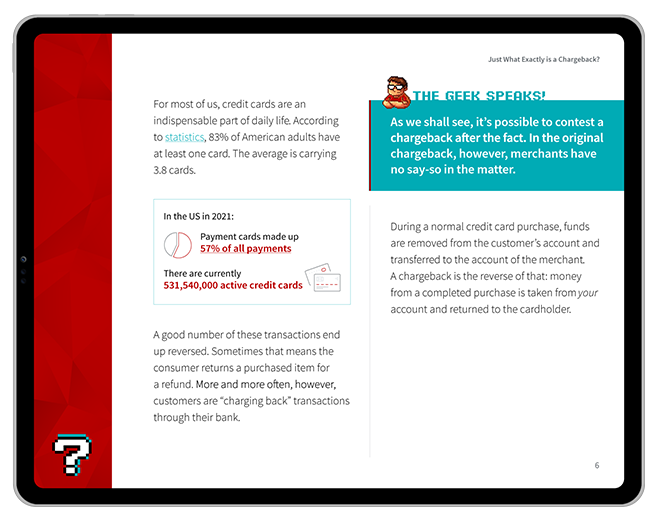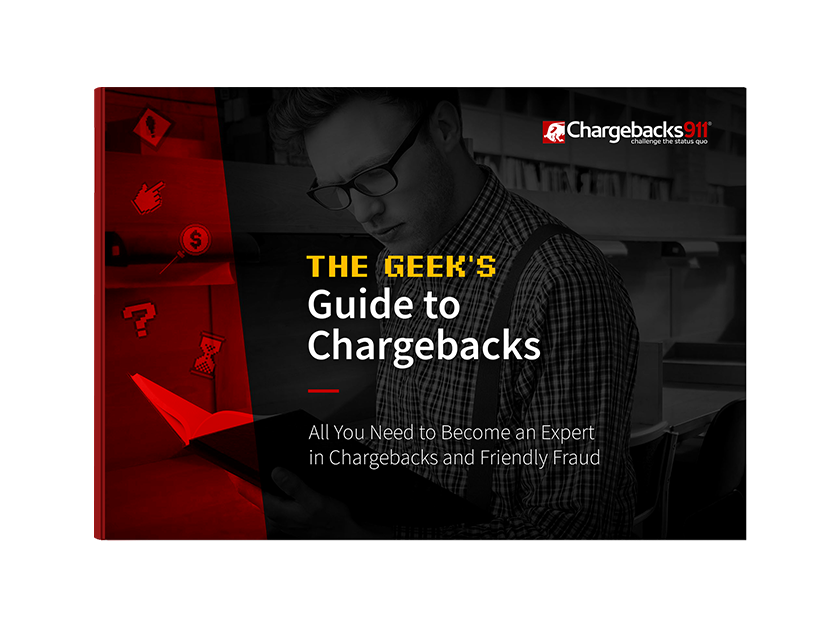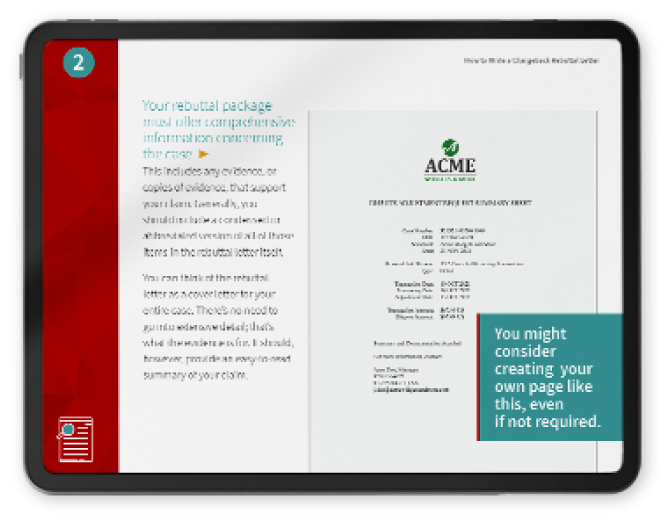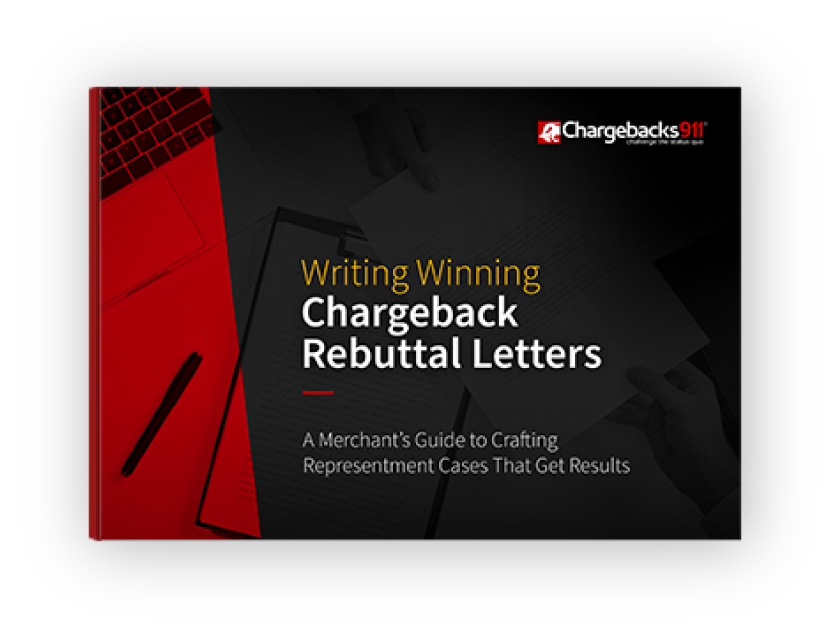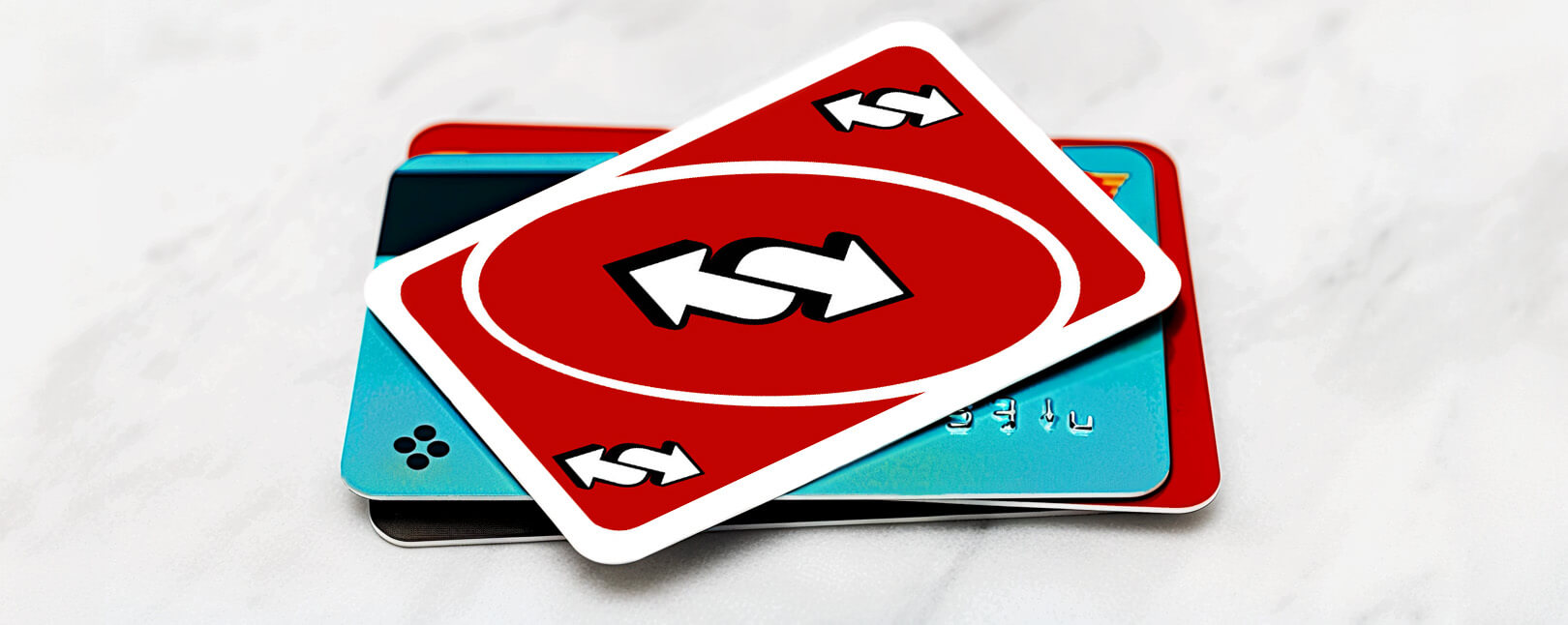Chargeback Form Templates for a Better Chargeback Response
As a merchant, if you receive a chargeback that you believe is invalid, you have the option to submit a response and try to recover your funds. This process is called chargeback representment, and it involves submitting several items, including a chargeback form commonly referred to as a rebuttal letter.
A chargeback rebuttal letter is not a fill-in-the-blank form, but a document that typically follows a certain format or template. To make things more confusing, the term “chargeback form” can refer to one of several other documents normally submitted in response to a chargeback.
Recommended reading
- The Pre-Arbitration Chargeback Process: Explained
- Chargeback Rebuttal Letters: Templates & Tips for Responses
- Chargeback Reversal: 8 Simple Steps to Get Your Money Back
- Arbitration Chargeback: The Last Step in the Dispute Process
- Second Presentment: The Key to Chargeback Recovery
- 4 Easy Steps to Win Your Next Chargeback Response
What Chargeback Forms Do I Need to Submit?
When dealing with chargebacks, submitting the right forms is one of the most important parts of the process. We’ll dive into more detail later. However, to get us started, here’s a brief explainer of what these forms are and why they are important:
Rebuttal Letter
The first and foremost document is the rebuttal letter. When people say “chargeback form,” they usually mean this document. Your rebuttal gives you the opportunity to lay out your case and explain to the bank why the disputed charge was legitimate and should be upheld.Compelling Evidence
Along with the rebuttal letter, you need to gather compelling evidence. This supports your claims made in the rebuttal letter. It can include transaction receipts, customer communications, delivery confirmations, or any relevant document that proves the legitimacy of the transaction and counters the reasons for the chargeback.Chargeback Adjustment Reversal Request
Finally, you'll need to submit a formal request known as the Chargeback Adjustment Reversal Request. This is a formal request to the financial institution, asking them to reconsider the chargeback. This request should be accompanied by your rebuttal letter and all the compelling evidence you have gathered, all in one package.In the following sections, we will explore each of these elements in more detail, guiding you on how to prepare them effectively to enhance your chances of successfully fighting — and winning — a chargeback.
What is a Rebuttal Letter?
The chargeback rebuttal letter is your chance to tell your side of the story when facing a chargeback. Think of it as your moment in the spotlight to present a compelling argument against the chargeback claim. In this letter, you'll detail your reasons why the chargeback isn't justified, backed by facts and evidence.
A good rebuttal letter will reference certain key pieces of information, including:
- The reason code attached to the dispute.
- The dollar amount in question (e.g., the full disputed amount or a partial amount).
- A list of the evidence and documentation you’re submitting.
- A brief summary of the case you want to make with that evidence.
This is about clearly showing the bank or credit card company that the transaction was legitimate and that you've fulfilled your part of the deal. Crafting this letter carefully can be critical in swaying the decision in your favor in a chargeback dispute.
Learn more about rebuttal lettersWhat is Compelling Evidence?
It’s one thing to say you want a chargeback reversed. It’s another thing entirely to present evidence illustrating why it should be reversed.
Any documentation you provide that will help disprove the cardholder’s claim(s) may fall under the heading of compelling evidence. Some of the most common documents provided include:
- Sales receipt or order form
- Proof of delivery
- Evidence of customer satisfaction (positive review, photos of the buyer using the item, etc.)
- Evidence the purchase was made by an authorized user
Each piece of evidence acts like a puzzle piece, helping to build a strong case for reversing the chargeback. The key is to be thorough, clear, and as detailed as possible. By methodically presenting your evidence, you increase your chances of a favorable outcome in what can often be a tricky chargeback situation.
Learn more about compelling evidence
What is a Chargeback Debit Advice Letter?
You might be sent a chargeback debit advice letter, depending on your region. This is a form with instructions and advice for how to proceed with your chargeback case. However, it is much less common than in the past.
This was once a key element in the chargeback process, but most banks are now phasing out this item. This shift reflects how modern banking practices have evolved, making such letters less central in financial dispute processes. It's a change that highlights the ongoing transformation in how banks and merchants interact over transaction disputes.
Some smaller, regional banks still use debit advice letters. If you receive one you should first read the letter thoroughly. Understand the details of the chargeback, including the transaction in question, the amount debited, and the reason provided for the chargeback. This information is crucial for your response.
The Chargeback Debit Advice Letter may also include specific instructions or procedures for responding. Make sure to follow these to the letter. This could involve filling out specific forms or submitting your response through a designated channel. Remember that time is of the essence in chargeback disputes. There are often strict deadlines for responding to chargebacks, so ensure that you submit your rebuttal and accompanying evidence as quickly as possible.
What is a Reversal Request?
This form from your acquirer will provide instructions in the event you want to challenge the chargeback. The form will include essential information about the dispute, including the reason it was filed, the reason code, and the amount disputed.
Remember: the goal here is to achieve a chargeback reversal. This is a formal acknowledgment by an issuing bank that a transaction was valid, and that the cardholder’s chargeback claim was invalid.
You will be asked to provide some very basic information on the chargeback adjustment reversal request form to indicate your interest in responding to the cardholder’s claim. We should note that, like with the chargeback debit advice letter, some banks no longer provide reversal request forms. Talk to your acquirer to find out whether they provide this form, and if it is necessary for a chargeback response.
Your acquirer is your ally in the chargeback reversal process. They want to see a well-organized, evidence-backed request that makes it easy for them to understand and advocate for your position. The more clear and comprehensive your submission, the better your chances of successfully reversing the chargeback.
Chargeback Form Templates
Chargeback form templates and guides can be great tools, helping streamline the process of crafting effective responses. They provide a framework that can be adapted to various situations, ensuring your response is comprehensive, targeted, and relevant to the dispute at hand.
If you’re interested in keeping this information handy, we’ve prepared a sample chargeback form template for you to use. You can download our Chargeback Rebuttal Letter Guide to help you script and format the necessary documents for the next dispute you receive. You can also download a basic rebuttal template below:
Download this sample rebuttal letterRepresentment Caveats: Should You Always Respond to Chargebacks?
Short answer is “no.” You should not submit a response to every chargeback. You should only submit a chargeback response for cases in which a cardholder commits friendly fraud by filing a false chargeback claim.
If the customer dispute is legitimate, challenging the chargeback is a waste of time and resources for everyone involved. It can also damage your reputation; you’re essentially re-victimizing a cardholder who has already been a victim of fraud.
But, while you shouldn't try to represent every chargeback, you should still respond to every chargeback, even if it's to let the bank know you're accepting the cardholder's claim. You lose every case you don’t respond to, whether you’re in the right or not.
Something else to keep in mind is that time is a major factor in the chargeback process. The time frame allotted for each stage will change based on the chargeback stage as well as the part involved. Cardholders may have up to 120 days after a purchase in which to dispute the charge. You, however, might be expected to respond within just a few days.
Final Checklist: Am I Ready to Submit My Chargeback Forms?
Before you submit your chargeback forms, take a quick look at this checklist to make sure you’ve optimized your response:
- Read the Chargeback Advice letter carefully. Be sure you understand the cardholder’s claim. Check the chargeback reason code.
- Consult the applicable network’s guidelines for examples of acceptable compelling evidence. Visa, MasterCard, and American Express all list compelling evidence by reason code.Craft a clear and concise rebuttal letter.
- Craft a clear and concise rebuttal letter.
- Choose the representment amount. Merchants have the option of disputing the entire chargeback amount or a partial amount.
- If your policies help prove your case, print them out, attach them to the rebuttal letter, highlight the applicable section and note where the published policies can be found. Reference the policies in the rebuttal letter, mentioning something along the lines of: “We’ve highlighted the section of our policies that Sally Smith agreed to and violated with this chargeback.”
- Locate the necessary compelling evidence. Write the case number at the top of each document before submitting it.
Even with this information, though, the chargeback representment process can still be difficult to handle independently.
If you need help, try reaching out to the experts at Chargebacks911®. Our team of skilled chargeback management professionals can help you recover revenue, prevent chargebacks, and ensure sustainable, healthy, long-term growth.
FAQs
What is a chargeback form?
A chargeback form is a document used by merchants to dispute a chargeback, where they present evidence and arguments to refute a customer's claim of an unsatisfactory transaction. It typically includes details of the transaction, proof of product delivery or service, and any communication with the customer.
Who loses money in a chargeback?
In a chargeback, the merchant typically loses money, as the disputed transaction amount is reversed from their account and refunded to the customer. Merchants may also incur chargeback fees from their payment processor or bank.
What is the purpose of writing a rebuttal?
The purpose of writing a rebuttal letter in the chargeback process is to provide a detailed defense against the chargeback claim, using evidence and clear arguments to demonstrate the original transaction's legitimacy and persuade the bank or card issuer to reverse the chargeback.
Does a rebuttal need evidence?
Yes. The purpose of writing a rebuttal letter in the chargeback process is to provide a detailed defense against the chargeback claim. You need evidence and clear arguments to demonstrate the original transaction's legitimacy and persuade the bank or card issuer to reverse the chargeback.

